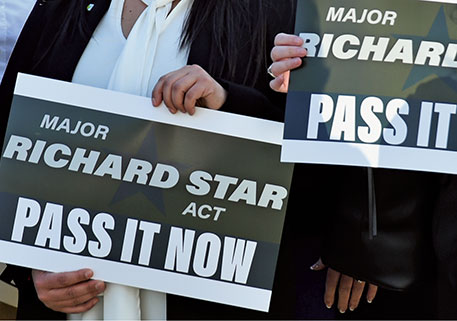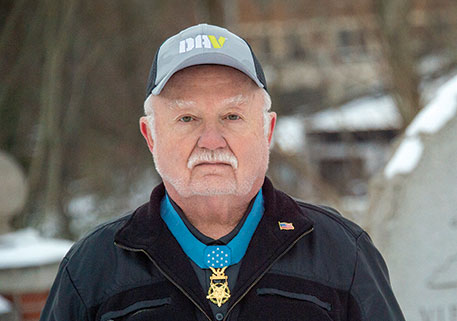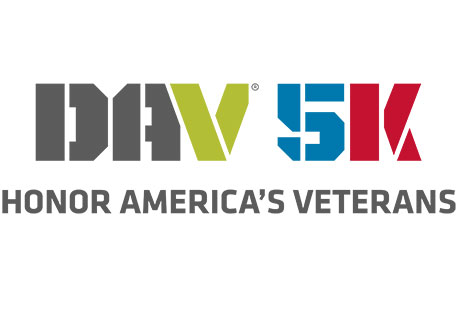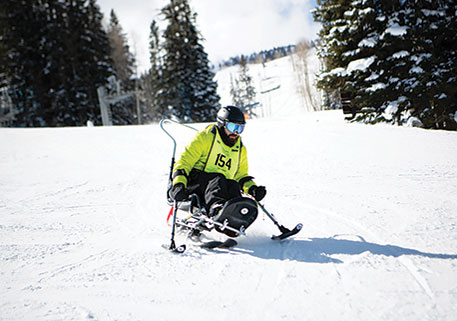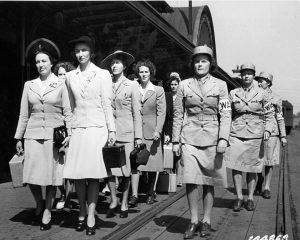
Over the past century, women veterans have seen their options expand, but have services and respect kept pace?
When Opha May Johnson became the first woman to enlist in the Marine Corps in 1918, she took the oath to defend a nation that wouldn’t even allow her to vote. Even with the ratification of the 19th Amendment in 1920, which finally granted Johnson and all other American women the right to a voice at the ballot box, gaining respect, support and appreciation for their contributions in uniform has been slow.
Since the founding of our nation, women have served and sacrificed—first to establish and then to defend our republic. While this service has evolved from roles as nurses, telephone operators and typists to Army Rangers, special forces operators and fighter pilots, recognition and inclusion—including care for those women who have borne the wounds of battle or otherwise suffered disability as a result of their service—has been a persistent issue.
Delphine Metcalf-Foster, an Army veteran of the Persian Gulf War who went on to become DAV’s first woman national commander in 2017, said that being female in a male-dominated military culture strengthened her character and sharpened her fortitude.
“It wasn’t easy,” she said in her acceptance speech. “But I’d like to believe I came through with the same fighting spirit that my male counterparts had.”
In the years following the first Gulf War, Tammy Duckworth’s generation of women warriors continued to make advancements. She was commissioned in the Army Reserve in 1992 and went on to serve in the Illinois National Guard, where she ultimately became a Blackhawk helicopter pilot. During the Iraq War in 2004, her helicopter was hit by a rocket-propelled grenade—the crash resulting in the loss of both of her legs and partial use of one arm.
Such hardship didn’t stop Duckworth from seeing out her military career, and following her retirement as a lieutenant colonel, she went on to first serve in the U.S. House of Representatives and then to become the first double amputee to serve in the U.S. Senate.
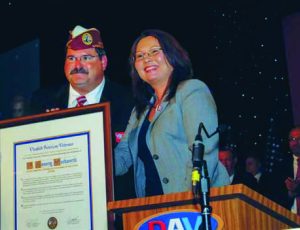
“I’ve never tried to be a trailblazer. I’ve just tried to do my job,” said Duckworth, who was named DAV’s Outstanding Disabled Veteran of the Year in 2008.
Duckworth said that as women have continued to prove themselves on the battlefield and beyond, their respect and responsibilities have only increased.
“We’ve had multiple female four-star [generals] and flag officers, and I think that’s really fantastic,” she said. “You’re seeing even more and more women lead veterans organizations—especially women who have combat time under their belt.
“I think this is all good. I think greater diversity at every level is good for veterans organizations and good for our military.”
While the population of women in the military has grown and their roles have expanded to include serving in combat operations and experiencing the same war-related injuries suffered by their male peers, women have had to fight for equal access to Department of Veterans Affairs health care services and benefits. Moreover, too many women veterans report they feel as if they don’t belong or that they are not welcome when seeking the care and specialized services they need. More than 60% of women veterans using VA services have a service-connected condition and are eligible for a lifetime of benefits and care, yet many women who served don’t believe they are eligible for these benefits because of their gender.
“I believe the major challenges facing women veterans today are that we are still not being seen as equal to our male counterparts. We are just as much a veteran as men are, but with some unique issues,” said DAV National Service Officer Naomi Mathis, a disabled Air Force veteran who served in Iraq. “I recently was asked, again, if my husband was my sponsor for my TRICARE health benefit. It’s imperative that we are seen to fight right alongside, shoulder to shoulder, with our male counterparts so people can see that we can bring a different perspective as a woman.”
Recent legislative victories supported by DAV, including the Johnny Isakson and David P. Roe, M.D. Veterans Health Care and Benefits Improvement Act of 2020, which included 22 provisions from the Deborah Sampson Act, have started leveling the health care playing field in terms of improving access to care and benefits, increasing VA staff cultural competency, and ending sexual assault and harassment within the VA.
Among many other things, this legislation requires the creation of an Office of Women’s Health within the VA, establishment of a VA policy to end sexual assault and harassment, expansion of treatment and counseling for sexual trauma, improvements to the Women Veterans Call Center, child care and legal support services for certain veterans, studies on infertility services, and prioritized retrofitting of VA medical facilities to accommodate women veteran patients.
“The passage of this comprehensive bill at the end of the 116th Congress reflects the commitment to ensuring we’re continuing to refine and improve care and support services for women veterans,” said National Legislative Director Joy Ilem. “It represents years of hard work and advocacy by DAV members and truly recognizes the service and sacrifice of our nation’s women veterans.”
There is still work to do, but as long as women veterans continue to face challenges wrought by inequality, DAV will be there beside them in the battle for change.
“DAV draws no line at male or female when it comes to the word ‘veteran,’” Mathis said. “We have led the charge, and remain in the forefront, of making sure the country knows that, man or woman, veterans put their lives on the line for our country.”


